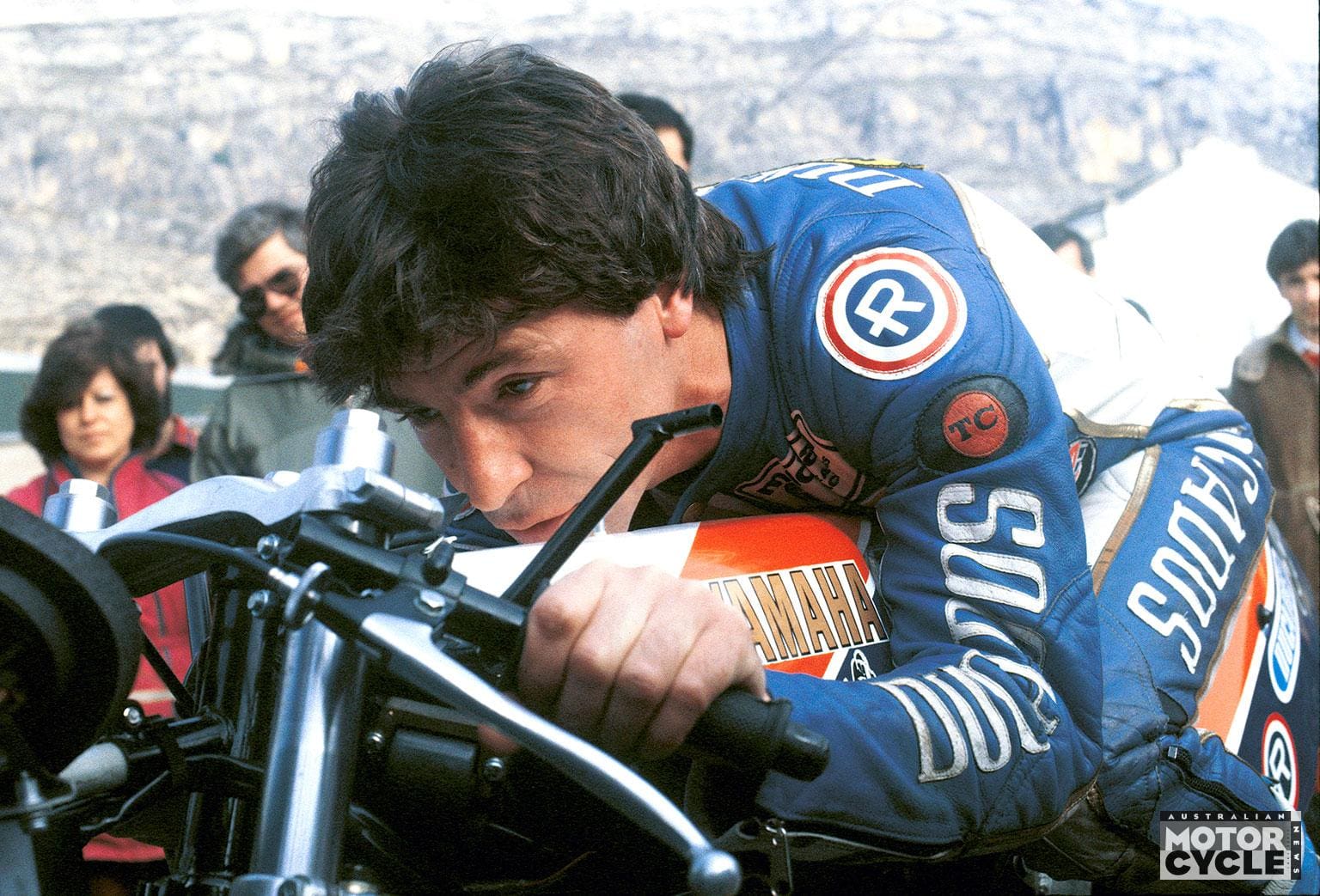That 29-year-old Ellis Matthewman Bankin settled readily into the life of Head Teacher of Badgers Creek School in rural Victoria appeared out of form. Though educated as a teacher, Bankin had spent the previous decade in such eclectic positions as a cropper in Oklahoma, a cowpoke in Texas, a miner in Death Valley and an usher in New York City’s Roxy Theatre. He then worked his passage back to Australia as second steward and did a little teaching before heading off to Europe to ride a pushbike to his ancestral home in Scotland. Over those unsettled years Bankin became a health fanatic, living on a daily meal of vegetables and raisins and claiming to drink nothing but water; for both health and economy. Now, when not teaching geography and history, he spent his time biking, hiking and communing with nature.
He’d been in Badgers Creek barely 12 months when he purchased a Triumph 5/3, a 350cc single and, though it was the worst possible time of year to be crossing the Nullarbor, headed to Perth just prior to Christmas 1934. On the return journey Bankin set out following the transcontinental rail line, then, arriving at the Rawlinna siding, he demonstrated immense faith in his newfound outback skills in riding 130km over uncharted territory to reach Cocklebiddy on the ‘main’ track. From there it was an ‘easy’ ride back to Badgers Creek.
Come the King’s Birthday school holiday only a few months later, Bankin was off again, this time to follow the route of the disastrous Burke and Wills expedition. Australian Cycling and Motorcycling newsmagazine reported that Bankin looped through Tibooburra, Yanko, Nappa Merrie and Innamincka before becoming the first motor vehicle to cross the Strzelecki Desert to Murnpeowie Homestead. He rode over 2500 miles (4000km) in the 10 days between 24 May and 3 June 1935 – an extraordinary feat which often meant travelling by moonlight to avoid the heat.

Only months later Bankin was on the go again during the September school holidays. Bankin rode north through Coober Pedy to Alice Springs. Returning south, using the Ghan rail line as a guide, he crashed between Bloods Creek and Oodnadatta. The Triumph was a mess and Bankin not much better as shock and delirium set in. It was only extremely good fortune that Bankin survived, however, nothing seems to have given him reason for concern. As soon as he was back in civilisation he was seeking to visit the remote Musgrave Ranges and become the first motorist to reach Uluru.
Arriving in Birdsville just after Christmas, Bankin intended to ride due west across the Simpson Desert to Charlotte Waters; though it’s difficult to believe Bankin was unaware that the only white man to attempt the crossing previously did so on foot, assisted by Wangkangurru guides, and even David Lindsay gave the attempt up as futile.
Realising the impossibility of crossing the Simpson Desert, Bankin looped north through Urandangi and Bushy Park to Alice Springs, all the time aware that he had to be back at Badgers Creek School by 28 January. Yet Uluru still beckoned. His last contact with civilisation was at Ernabella Homestead south of Alice on 13 January 1936. From there he headed towards Mount Conner, the only prominent feature on the horizon. It was reported that Bankin had become lost after a fall from his Triumph, however, as impetuous as he was, his sense of direction had never been in doubt. Much more likely, in his struggles through the sand dunes, he didn’t recognise the signs of hyperthermia and lost consciousness. He died of dehydration less than 72 hours after departing Ernabella. The Triumph was full of fuel and packed with provisions and Mount Conner was clearly visible – yet on this occasion Bankin’s attraction to the outback proved fatal.

IMAGES COURTESY NT LIBRARY











